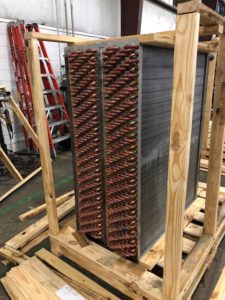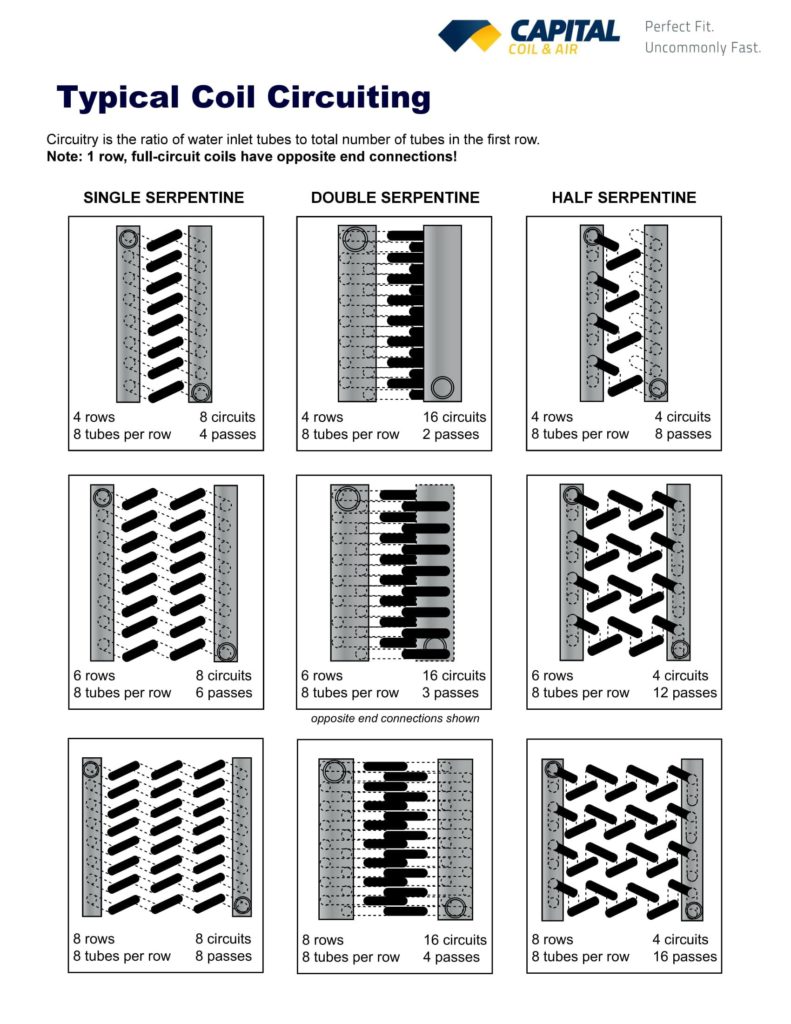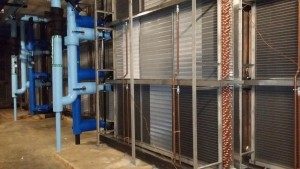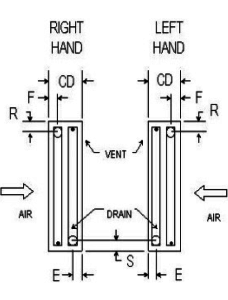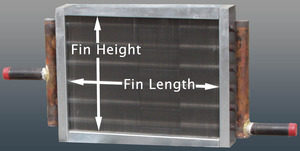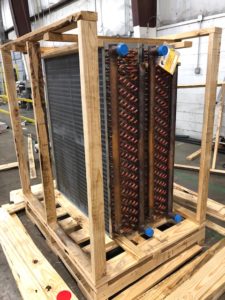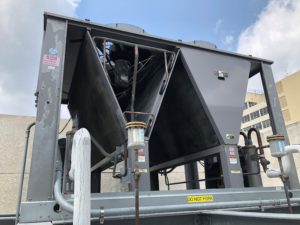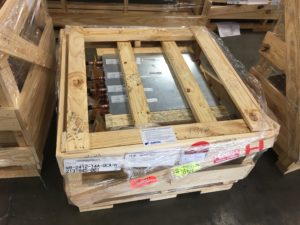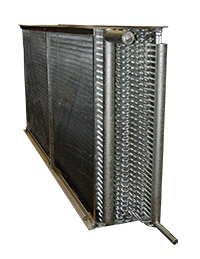How in the world did the commercial coil replacement market start? This specific newsletter is more of a story than anything technical that we have covered in most of our previous emails or blogs. Rather, this is the story of how one manufacturer’s representative, Robert Jacobs, almost by accident, stumbled upon the concept of the coil replacement market back at a time when the only way one could get a replacement coil was to go through the original equipment manufacturer – (OEM). In full disclosure, Bob Jacobs is the VP of Business Development with Capital Coil & Air.
Way back in the day – (1970’s) – HVAC coils were not stand-alone pieces of equipment as they are considered by some now. Coils were nothing more than a single part in an Air Handling Unit (AHU) or a bank of coils. Like a bearing, a drive, or fan wheel, coils were simply part #’s that one needed to reference with the OEM in order to get a replacement built. This situation was a very good deal for the OEM’s because much like car parts, they could charge upwards of 3x’s the original cost of the coil or “part”. And, it was built according to their schedule/timeline, not yours’.
In the 1970’s, Bob Jacobs was a manufacturer’s rep in the Philadelphia-area, and his main line of equipment was Bohn Aluminum & Brass. Bohn was a division of Gulf & Western and competed against many of the top manufacturers, such as Trane & Carrier. For comparison-sake, Bohn was very similar to what Dunham-Bush is today.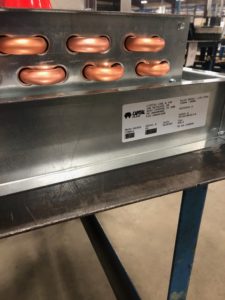
During this period, Bob Jacobs was asked by numerous local contractors to replace old and/or broken coils. Due to the lack of a quality alternative, he initially used Bohn for coil replacement projects, but replacing coils was not exactly Bohn’s “sweet spot”. It should be mentioned that during this period, replacement coils were not really on any manufacturer’s radar as a separate product – hence the point of this story. Regardless of the OEM, standard lead-times were upwards of (12) – (14) weeks, and those “replacement parts” were very expensive. It was during this period that he realized that there was serious potential for some kind of HVAC coil replacement market. To test this theory, he initially spent $75.00 on an ad deep within the classified section of “Air Conditioning & Refrigeration News”. It was the old type where one had to “circle the bingo card” to request additional information, and this single ad received over 525 inquiries from across the country!! This eye-opening initial response to his idea made him realize that he had come across something good, but now the challenge was how to satisfy this new market. Bob Jacobs initially contacted Bohn to see if there was any interest in building replacement coils, as well as marketing the idea across the United States. Bohn essentially laughed at the idea and countered that he’d be violating his sales rep agreement by going into the territories of other reps. This was very flawed reasoning as none of the other reps were engineering or selling replacement coils in the first place! Within a week, he had canceled his agreement with Bohn and was looking for alternative vendors. He also decided to run a second ad that received another 450 inquiries; furthering his idea of the need for a coil replacement market.
The next step was to reach out to Singer Coils (yes, like the sewing machine), who was located in North Carolina. Because they had built coils for other manufacturers, he pitched his idea to them along with the request that they build his special or “custom” coils. While initially skeptical of the concept, the doubters were proved wrong as his firm gave Singer over $3,500,000 in business in that first year alone. Admittedly, that $ amount in the first year in a brand new market is impressive whether it’s 1971 or 2021!!
One must also remember that these were the days before fax machines and most certainly before email and the internet. Quote requests for coils were received via USPS and were hand-drawn sketches written on things, such as legal pads, envelopes and pretty much every way imaginable compared with today. Because everything was starting from scratch at this time, there were no coil model libraries or other materials to cross-reference, so going through a random building trying to locate the correct coil to replace could be torturous. However, over the next 6-8 years, his business grew quite rapidly, and he was able to collect and build a substantial reference library of coil drawings and other relevant information. The experiences of the prior 8 years, coupled with his firm’s knowledge of commercial coils, eventually allowed his company to begin building their own replacement coils for the 1st time, rather than relying on a 3rd party manufacturer.
Bob Jacobs’ original coil replacement company developed relationships with literally thousands of customers and laid out the initial blueprint for success in the coil replacement business. Due to that success, you now have approximately (10) alternatives that have attempted to copy his model as it’s become obvious that this is a lucrative market. Even OEM’s have recognized that they need to have a piece of the replacement market. But an important point to remember is that just because a company says or even advertises that they are in the coil replacement business does not mean that they are any good or even fully understand how the replacement market operates. For example, most coil manufacturers today are still more interested in the production of larger quantities, so replacement coils are “special” to them. In other words, sometimes these manufacturers want to be in the coil replacement business, and other times, without telling you, they do not. And not knowing where a company’s focus or priorities lie makes it extremely difficult to work with them under emergency conditions.
Bob Jacobs was there at the beginning and is still quite active within Capital Coil. Having daily access to a resource that literally invented the coil replacement market is what separates Capital Coil from all other competitors. Capital Coil will continue to be your coil replacement experts, and we greatly look forward to the chance to work with you on future projects.
RELATED POSTS
How to make your HVAC OEM Replacement Coil Buying Process Easier??
How to Identify Different Types of Coil Manufacturers
Does Your HVAC Coil Selection Program Leave You With More Questions Than Answers?
